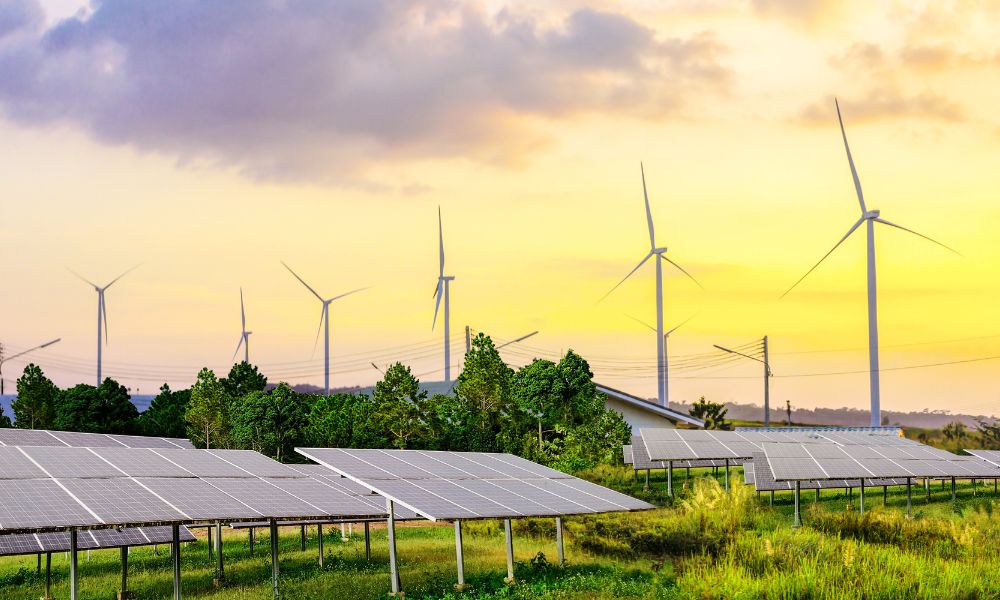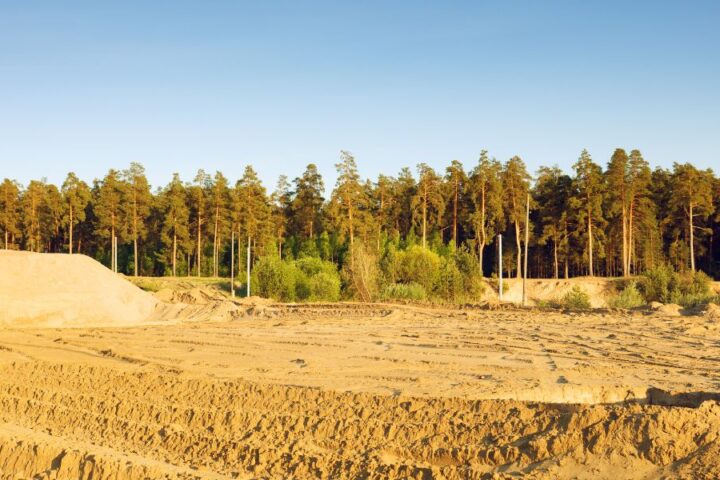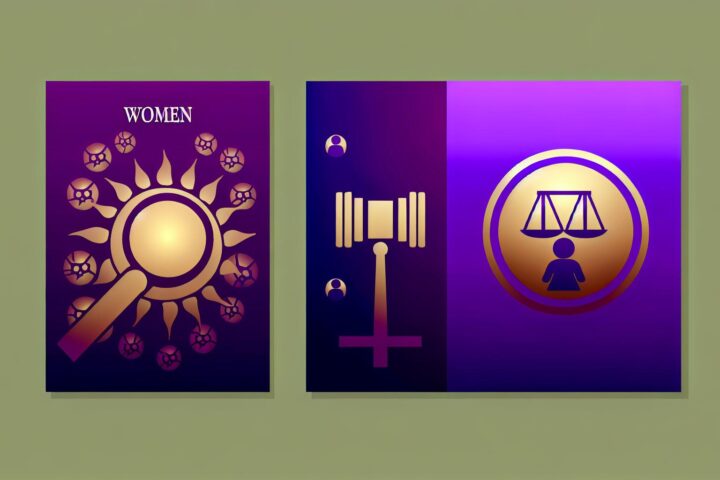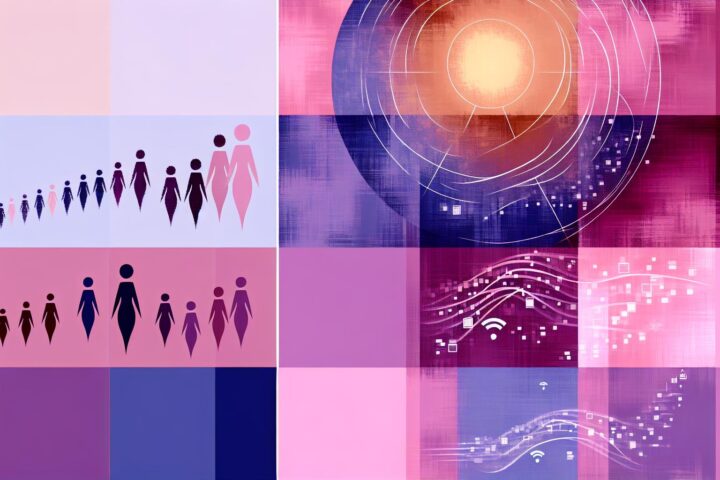Having a source of reliable energy is essential for getting things done, whether you’re a home or business owner. While, in the past, fossil fuels have been enough to sustain our way of life, they’re expensive and dirty, making them less than ideal for the future.
Explore these popular renewable energy sources and how they work, so you can decide which is best for your needs and lifestyle.
Wind
Wind-sourced energy is quickly becoming one of the most popular ways to power our lives. Wind energy converts blowing air into mechanical energy through rotor blades, generating electricity. Modern wind turbines maximize the amount of energy they collect, making them an incredibly efficient renewable energy source. It’s also important to understand how extreme weather can impact your wind turbine so you can keep it in good shape.
Solar
Another type of renewable energy source making huge headways in today’s market is solar. Solar works by converting energy from the sun using photovoltaic cells, mirrors, and other techniques. While it’s not as prominent as wind, it’s usually seen as a better option for homeowners and businesses operating on a smaller scale. Where you install your solar panel system can also have a significant effect on their overall cost.
Hydro
Hydroelectric power has been around for decades and is currently the largest source of renewable energy available. Simply put, it works by using existing water sources to turn turbines, which convert the mechanical energy into electrical energy. Their function makes them incredibly simple to design, but engineering can be a challenge, and large-scale facilities must generate a usable amount of electricity to make investing in them worthwhile.
Biomass
Biomass production uses natural processes that break down organic matter to extract usable energy. Basically, biomass producers burn the remains of plants, animals, and other microorganisms to create steam that turns a turbine, generating electricity. Biomass is a widely available energy source and helps communities reduce the amount of waste that ends up in landfills.
Tidal
Tidal uses a combination of concepts from wind and hydro energy production to maximize the amount of energy produced offshore. It uses blades like a wind turbine, but instead of the wind moving the blades, the tides move them, generating energy. Tidal energy is much more efficient than both wind and solar, but it’s still in its infancy, meaning costs run high and the environmental effects are still relatively unknown.
Creating a More Livable World for the Future
Generating energy has been a human pursuit since our inception. While people relied on more crude methods in the past, these days, energy production is much more environmentally conscious. Understanding the most practical renewable energy sources and how they work will allow decision-makers to maximize energy capture while minimizing adverse effects on the environment.













